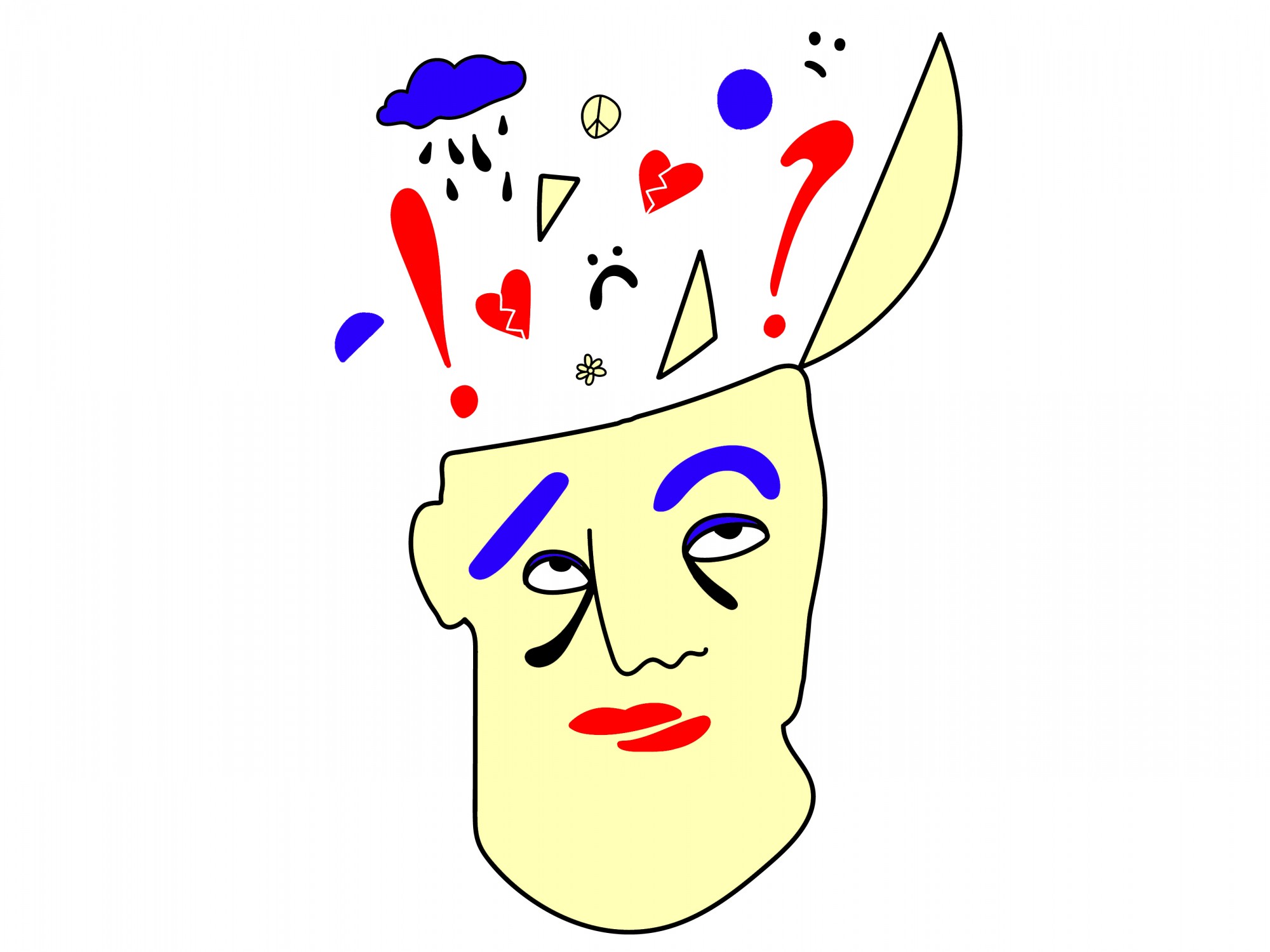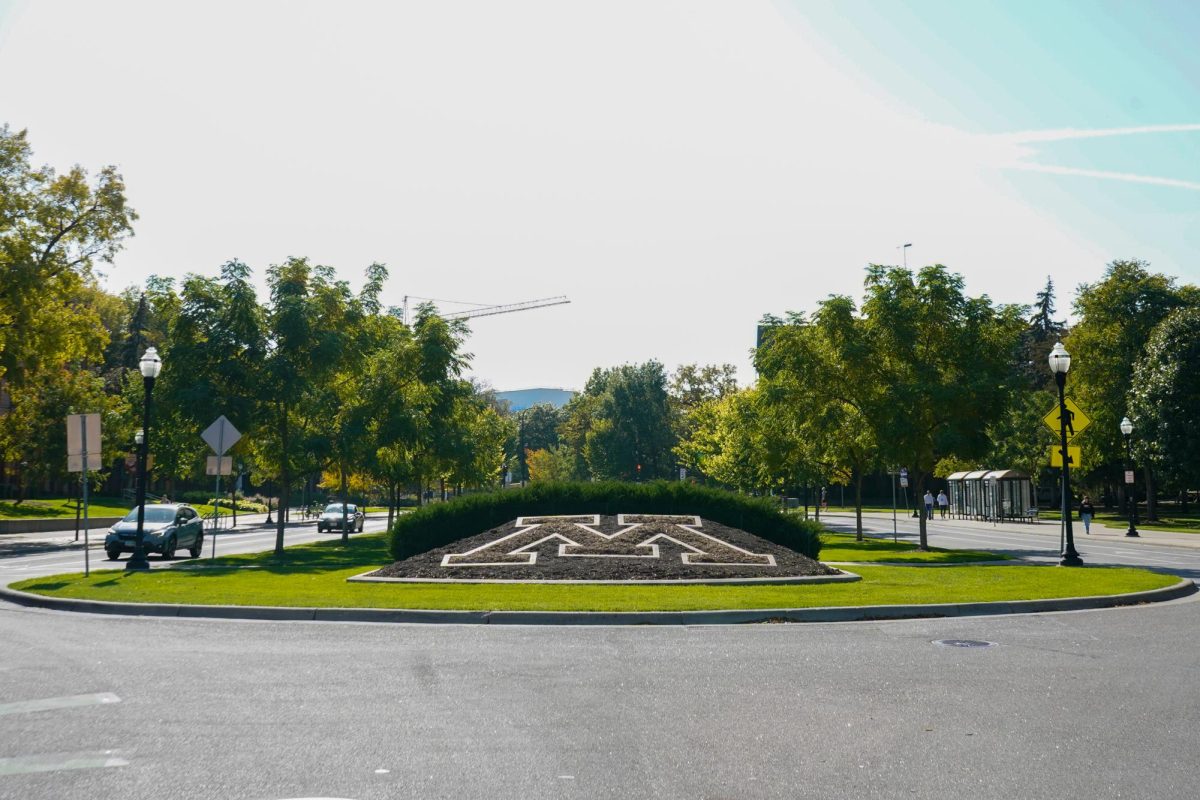Demand for University of Minnesota mental health services has continued to rise this semester, leading to longer wait times for appointments as students deal with college stressors following the COVID-19 pandemic.
Pandemic stressors like fear about health, isolation and financial loss caused a sharp increase in use of mental health resources for college students. However, while COVID-19 restrictions have receded, University officials have found demand for their mental health services has not.
Demand for mental health stays high
During fall 2021, about three-quarters of students reported moderate or severe psychological distress, according to a national survey of college student health.
People have gained awareness of their mental health concerns following permanent lifestyle changes brought on by the pandemic, according to University psychology professor Liza Meredith.
Meredith said the pandemic shifted the way people view mental health through changes in school routine and social interactions, which caused people to adapt to new routines through virtual appointments and living at home.
“A lot of people took their mental health for granted until there was a major event that made them realize how so much of our lives are kind of built on the status quo,” Meredith said.
Boynton Health and Student Counseling Services (SCS) experienced a surge in demand for mental health services after the pandemic compared to during the pandemic, according to Matthew Hanson, interim director of Boynton Health’s mental health clinic.
According to surveys taken annually by the University’s Orientation & Transition Experiences, 30% of students from the class of 2024 indicated they had mental health concerns ahead of beginning classes. This percentage increased to 46% of students from the class of 2025.
In 2020, when most classes were held remotely, Boynton’s mental health services experienced lower demand than average because more students lived at home than on average, in some cases out-of-state, Hanson said in an email to the Minnesota Daily.
“In 2020, we were able to see students more frequently and with less wait times between appointments, as many students were living at home and receiving support from local resources,” Hanson said. “In 2021 and 2022, students returned to campus at near pre-pandemic levels, and central mental health services increased proportionally.”
Effects on students
Since the onset of the pandemic, Boynton Health has offered intake appointments, individual and group therapy and psychiatric services through Zoom.
Demand for telehealth services has risen due to its convenience for students’ schedules, Meredith said.
“[Students] feel more comfortable asking for help, which is a good thing,” Meredith said. “There’s more telehealth than ever before, and while that is a good thing and increases supply [of counselors], some people want the in-person option.”
Despite availability of telehealth services, students must be living in Minnesota to receive mental health services through SCS and Boynton due to state licensure laws that do not allow for out-of-state mental health service.
Second-year student Emma Nelson tried getting therapy services through Boynton last spring. She had an intake appointment in April, but she was not able to schedule a following therapy appointment until the semester was over, when she returned to her home state of Wisconsin.
“I was kind of shocked because I thought that it’s such a big university with well-funded health services and that they would have openings sooner, especially when finals were coming up,” Nelson said. “I feel like that’s a time when students might really need extra support.”
Typically, demand for mental health services rises during midterms every fall semester due to the stress of increased course work and seasonal changes, Interim Director of Student Counseling Services Michelle Bettin said in an email to the Minnesota Daily.
Students who seek care through SCS may wait up to three weeks for an intake appointment based on appointment and student availability, but there are other therapeutic services available with shorter wait times, Bettin said.
The frequency of therapy appointments depends on students’ availability and needs, which vary throughout a semester and are discussed by providers. During an intake appointment, patients are clinically assessed to see if they require immediate care and should be referred to Boynton’s crisis clinic or off-campus services.
Meredith said stigmas surrounding counseling may make some students hesitant to these services. Students may not realize that counseling is private and what a student tells a counselor will not be publicized, Meredith said.
“Sometimes things can feel really bad in the moment, but then it gets a little better,” Meredith said. “Maybe people don’t see [counseling] as worth it.”
Students who need immediate care and are not able to schedule an appointment are encouraged to utilize the University’s Learn to Live and Let’s Talk programs and the 24-hour crisis line.
Clarification: Students seeking care through SCS may wait up to three weeks for an intake appointment.













